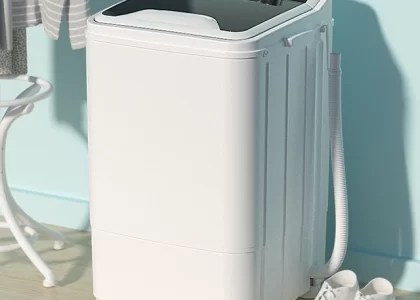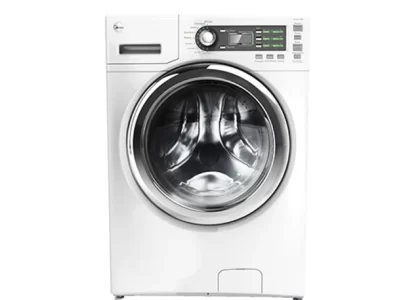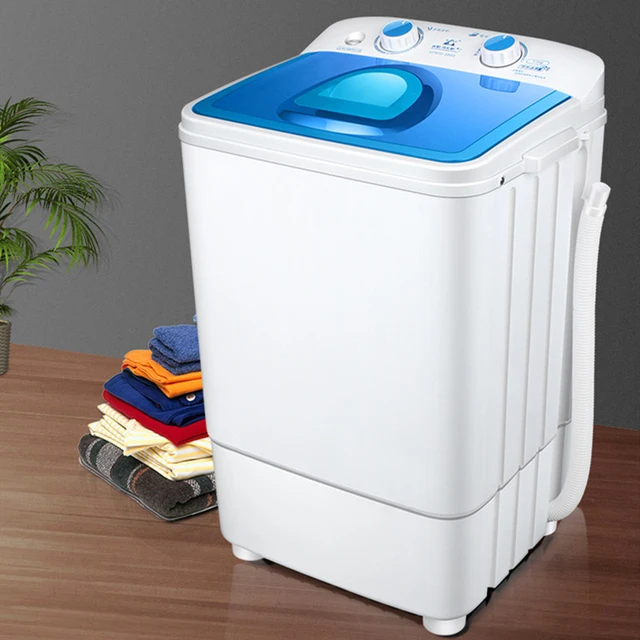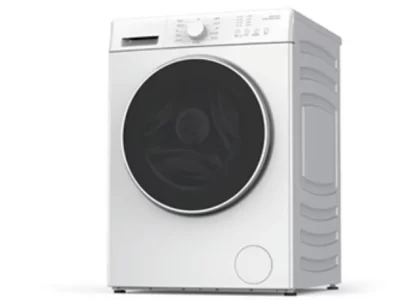 Introduction:
Introduction:
A smelly washing machine can be frustrating and leave your clothes with an unpleasant odor. Over time, the accumulation of dirt, grime, and soap scum can lead to bacterial growth and musty smells. To ensure that your laundry comes out fresh and clean, it’s important to regularly clean and maintain your washing machine. In this comprehensive guide, we will explore various methods and tips to effectively clean a smelly washing machine. Whether you have a front-loading or top-loading machine, these simple steps will help restore freshness to your laundry process.
Here are some common ones:
There are several types of washing machines available on the market. Here are some common ones:
Top-Loading Washing Machine:
In a top-loading machine, clothes are loaded from the top. They are typically less expensive and have a shorter wash cycle. However, they use more water and energy compared to front-loading machines.
Front-Loading Washing Machine:
Front-loading machines have a door in the front where clothes are loaded. They are known for their energy efficiency, water-saving features, and gentle washing action. Front-loaders generally have longer wash cycles but are more effective in cleaning clothes.
High-Efficiency (HE) Washing Machine:
HE washing machines are designed to use less water and energy while delivering effective cleaning. They have specific detergent requirements, as they use less water. HE machines can be either top-loading or front-loading.
Compact Washing Machine:
Compact washing machines are smaller in size, perfect for space-constrained areas like apartments or RVs. They can be either top-loading or front-loading and have smaller capacities.
Washer-Dryer Combo:
A washer-dryer combo is a single unit that combines both washing and drying functions. It eliminates the need for a separate dryer and is suitable for smaller spaces. However, the drying performance may not be as efficient as a standalone dryer.
Portable Washing Machine:
Portable washing machines are compact and lightweight machines that can be moved around easily. They are primarily used for small loads or when access to traditional washing machines is limited, such as camping or traveling.
Smart Washing Machine:
Smart washing machines are equipped with advanced technology and connected features. They can be controlled remotely through a smartphone app and offer additional features like customized wash cycles and energy monitoring.
When choosing a washing machine, consider factors such as capacity, energy efficiency, water usage, specific features, and budget. Understanding the different types can help you select the one that best suits your needs and preferences.
 Here are some possible consequences of a smelly washing machine:
Here are some possible consequences of a smelly washing machine:
A smelly washing machine can pose several potential hazards or issues. Here are some possible consequences of a smelly washing machine:
Foul Odors on Clothes:
If your washing machine has a persistent unpleasant odor, it can transfer onto your clothes during the wash cycle. This can be particularly problematic for items that are not easily washed or have delicate fabrics, as the odor may be difficult to remove.
Bacterial or Mold Growth:
The presence of a foul smell indicates that there may be mold, mildew, or bacterial growth inside the washing machine. These microorganisms thrive in humid and damp environments and can pose health risks if not addressed. They can cause respiratory issues, allergies, or skin irritation for individuals using the washed clothes.
Reduced Cleaning Efficiency:
Smelly washing machines may not effectively clean clothes due to compromised cleaning capabilities. The foul odor could be caused by a buildup of detergent residue, fabric softener, or debris. This build-up can interfere with the washing machine’s ability to agitate and rinse clothes properly, resulting in less effective cleaning.
Increased Energy Consumption:
A smelly washing machine may require additional wash cycles or higher temperatures to try to eliminate the odors. This can lead to increased energy consumption and higher utility bills.
Potential Damage to the Washing Machine:
Foul odors are often an indicator of underlying issues in the washing machine. Mold, mildew, or bacterial presence can damage the interior components and surfaces of the machine. Over time, this can lead to malfunctioning or costly repairs.
It’s important to address a smelly washing machine promptly to avoid these hazards. Regular maintenance, such as cleaning the drum and detergent dispenser, allowing the machine to air dry after use, and using appropriate cleaning products, can help prevent or resolve odors. If the problem persists, it may be necessary to consult a professional for inspection and repairs.
Identifying the Cause of Smelly Washing Machines
Detergent Residue:
Detergent can build up over time, especially if you’re using too much or using a high-sudsing formula.
This residue can trap bacteria and cause unpleasant smells.
Moisture and Humidity:
Water can become trapped in the machine, providing a breeding ground for mold and mildew.
High humidity levels in the laundry room can exacerbate the problem.
Poor Ventilation:
Inadequate ventilation can prevent proper airflow, trapping odors inside the washing machine.
This lack of ventilation can lead to musty smells.
 Cleaning Methods for Smelly Washing Machines
Cleaning Methods for Smelly Washing Machines
Run a Hot Water Wash:
Set your washing machine to its highest temperature setting and run a cycle with hot water and no clothes.
This helps flush out bacteria and remove any detergent or grime buildup.
Clean the Dispenser Drawers:
Remove the dispenser drawers and soak them in hot soapy water.
Use a toothbrush or scrub brush to remove any residue or buildup.
Wipe Down the Drum:
Wipe down the inside of the drum with a mixture of water and vinegar or a mild detergent solution.
Pay attention to the seals and crevices where bacteria and grime can accumulate.
Clean the Rubber Gasket:
The rubber gasket around the door of front-loading machines can trap dirt and moisture.
Use a cloth or sponge soaked in a vinegar-water solution to clean the gasket thoroughly.
 Routine Maintenance and Prevention Tips
Routine Maintenance and Prevention Tips
Use the Right Amount of Detergent:
Follow the manufacturer’s recommendations for the appropriate amount of detergent.
Using too much detergent can cause residue buildup.
Leave the Door Open:
After each wash, leave the washing machine door or lid open to allow air to circulate and dry out the drum.
This can prevent the growth of mold and mildew.
Clean the Filter:
Check your washing machine’s manual for instructions on how to access and clean the filter.
This should be done regularly to remove any debris that can contribute to odor.
Regularly Clean the Machine:
Aim to clean your washing machine every few months to prevent the buildup of dirt, grime, and odors.
By incorporating regular cleaning into your maintenance routine, you can avoid smelly washing machines in the future.
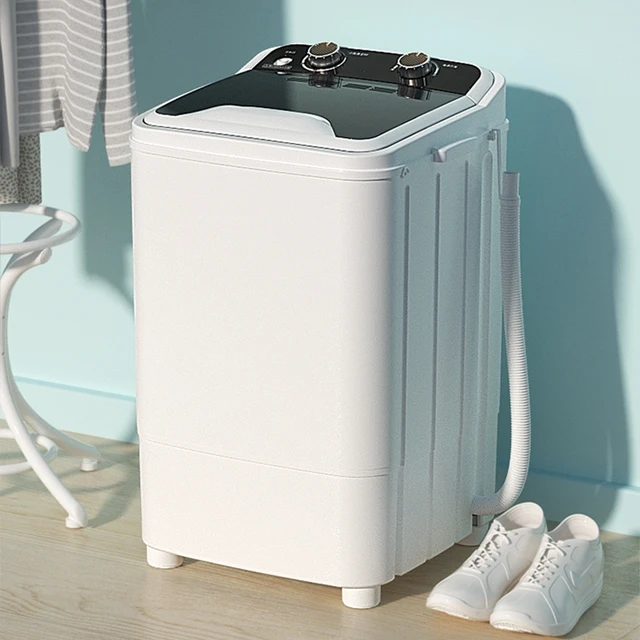 Conclusion:
Conclusion:
How to clean smelly washing machine? Cleaning a smelly washing machine is crucial for maintaining fresh and clean laundry. By understanding the causes of odors and following the cleaning methods and prevention tips outlined in this guide, you can effectively eliminate unpleasant smells and keep your washing machine in optimal condition. Regular maintenance and routine cleaning are key to preventing future odor problems. With a clean and fresh-smelling washing machine, you can enjoy clothes that come out smelling great and free from any residual odors.


